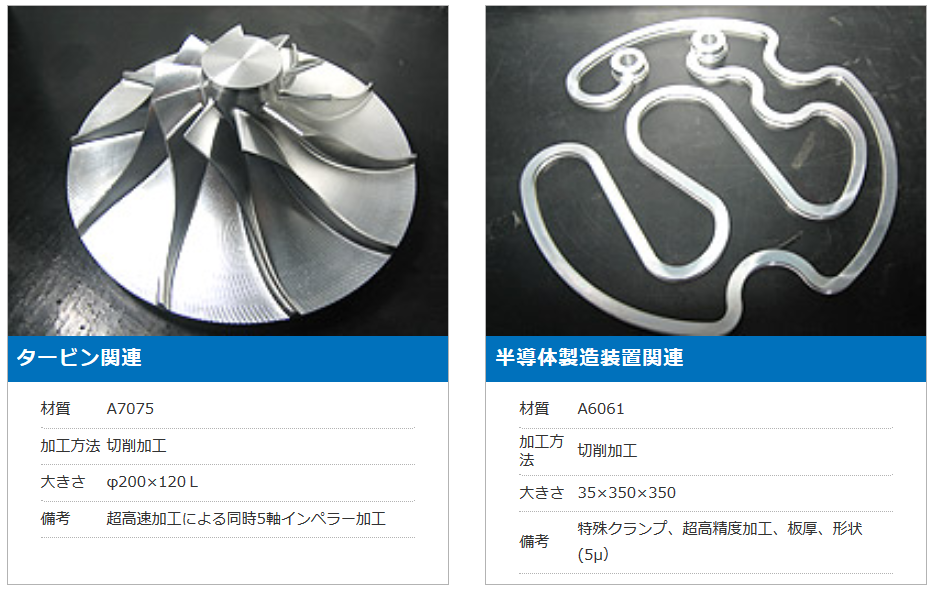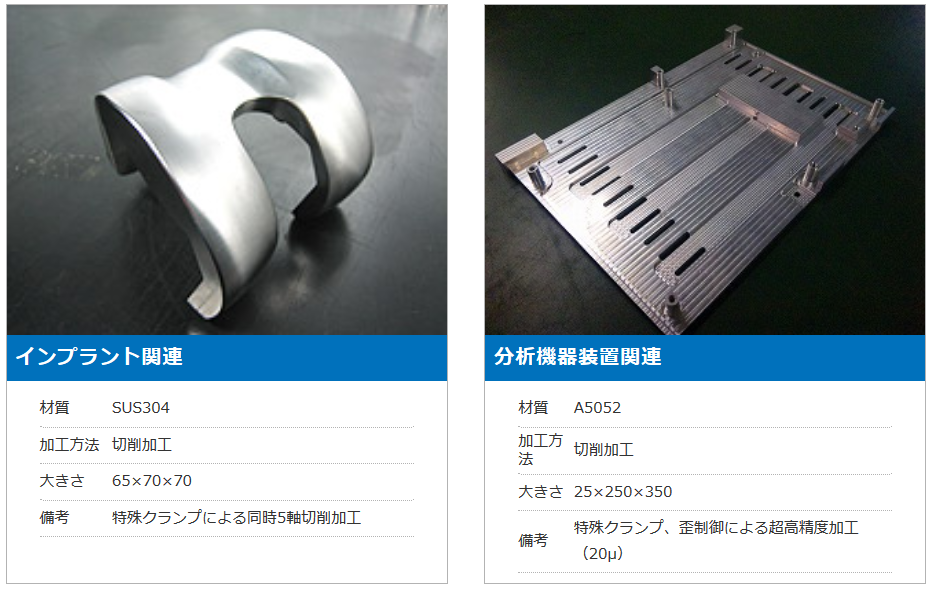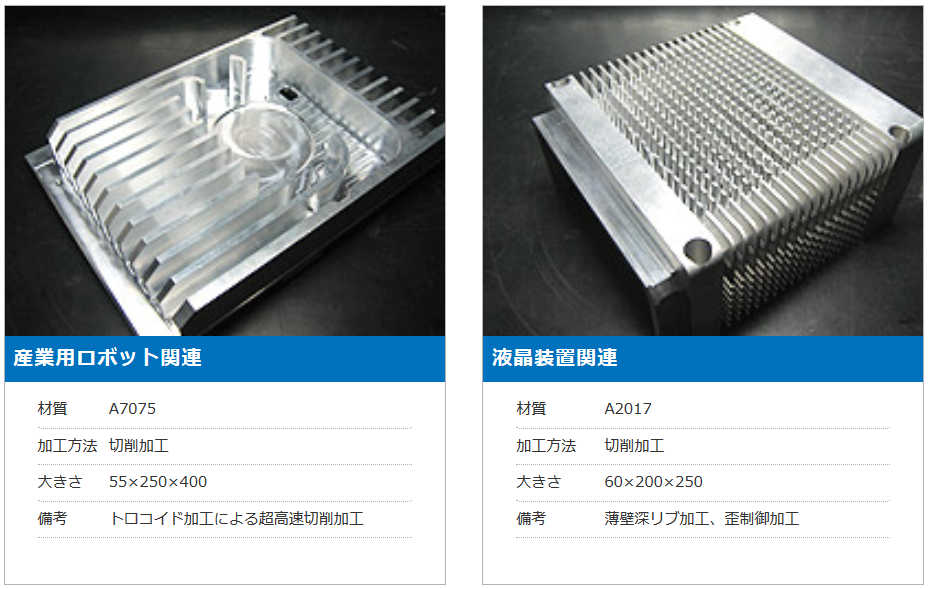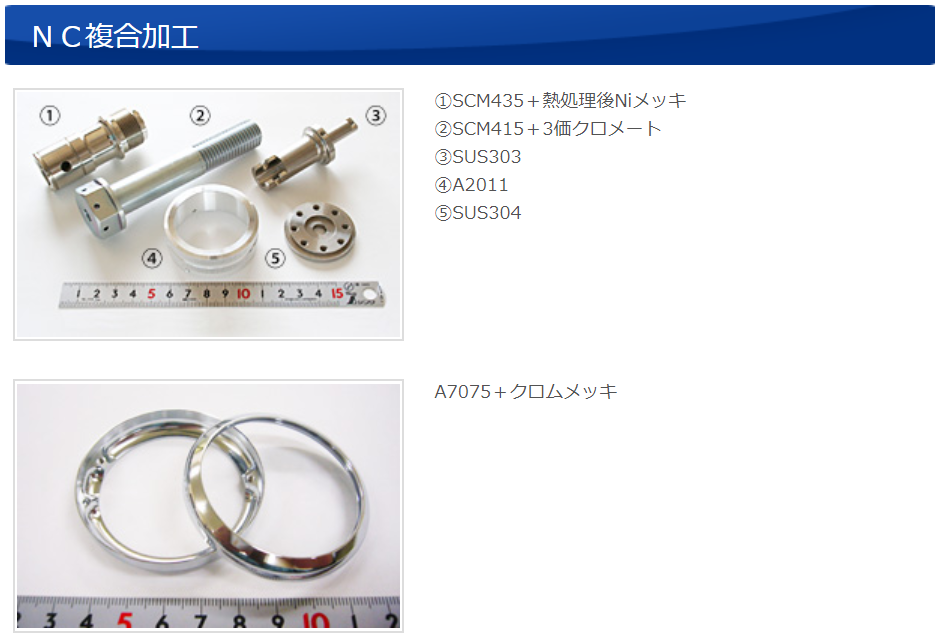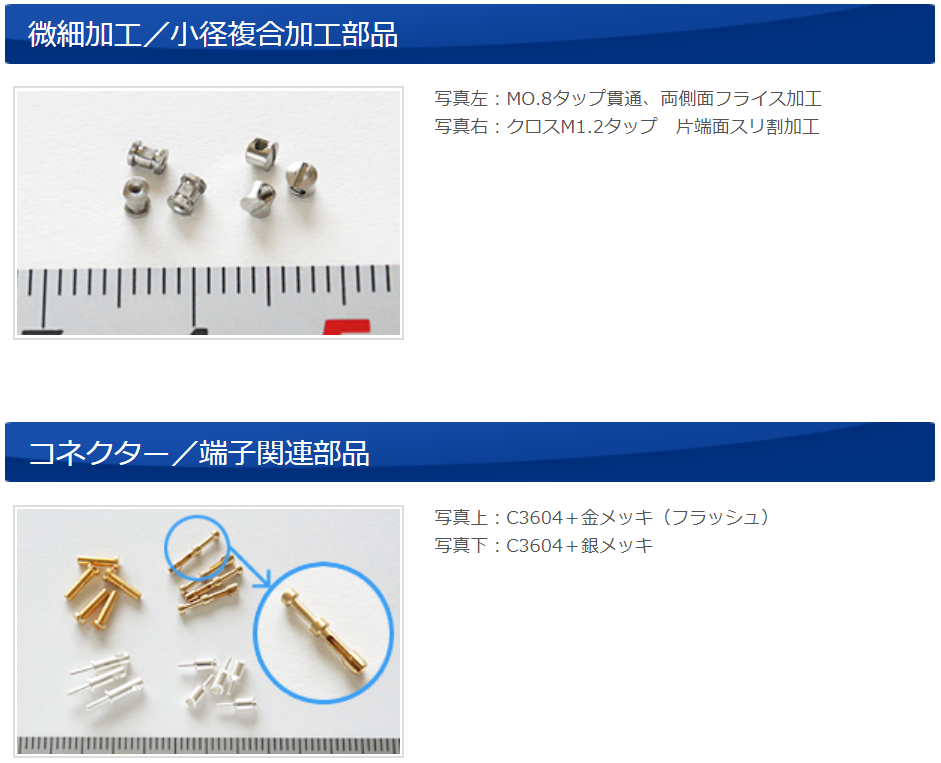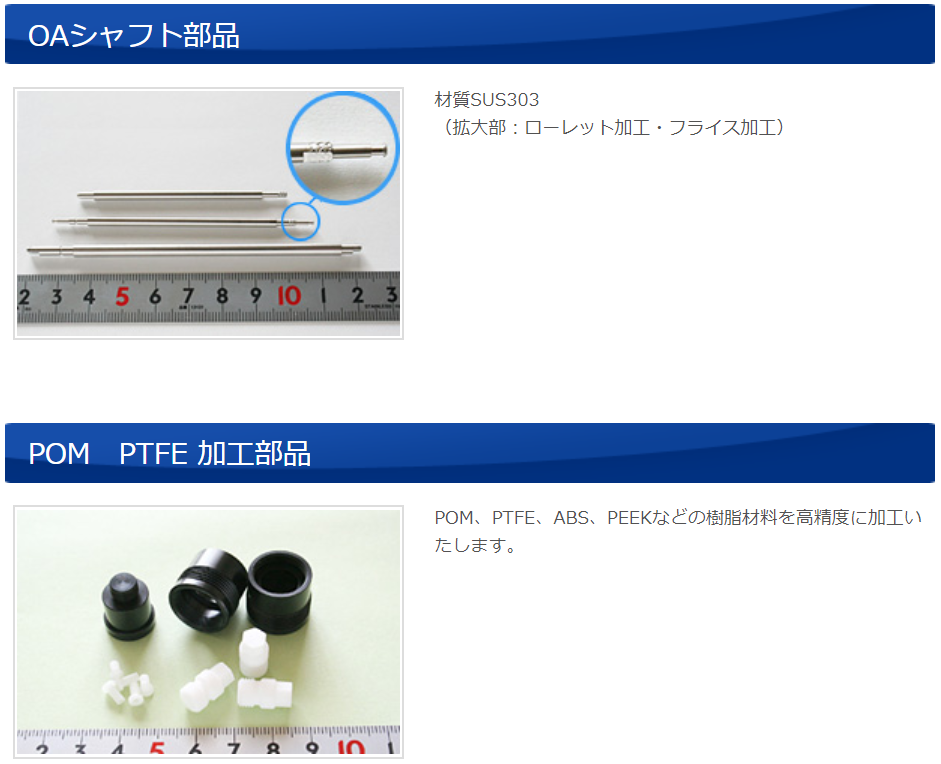① NC Milling(CNC Milling)
The term NC (Numerical Control) means numerical control, and there was a time when punch cards and the like were used. In the past, punch cards and the like were used. Today, CNC (Computerized Numerical Control), which uses a computer to perform NC control, is the mainstream method, and CNC milling, including CNC milling, is often referred to as NC milling. In addition to labor savings because it can be operated automatically, it is also used to process more complex shapes by controlling it with machining programs that use 3D CAD/CAM software.
② machining center
A machining center is an NC-controlled machine tool with a multi-axis configuration with separate tools mounted on multiple spindles, as well as for milling. With the machining center, linear and rotational motions are combined one after the other to continuously perform different types of cutting, such as drilling and machining of curved surfaces, which enables the machining of more complex shapes.
Today, machining centers are widely used in manufacturing. They are indispensable for the manufacture of molds, the most important application, and for the machining of metal parts. In the automotive industry, for example, they are used to grind and drill holes in engine parts and manufacture molds for body parts. It is no exaggeration to say that many other products that support our daily lives and industries are manufactured with machining centers.
One of the features of machining centers is their computer-controlled "automatic tool change function". In contrast to NC machine tools, which are generally changed by the operator, machining centers have a tool changing arm that automatically changes tools from the tool magazine, which is the tool storage area, for machining.
This eliminates the need for retooling, and makes it possible to automate and save labor and reduce costs during manufacturing.
In recent years, 5-axis machining centers have emerged, which use 3 axes (vertical, horizontal, and height) and 2 axes for rotational movement, making it possible to process more complex shapes.
③ NC Gear Cutting Machine
The computer-equipped NC gear cutting machine processes gears for a wide variety of shapes and applications in our daily lives, from watches to automobiles.
